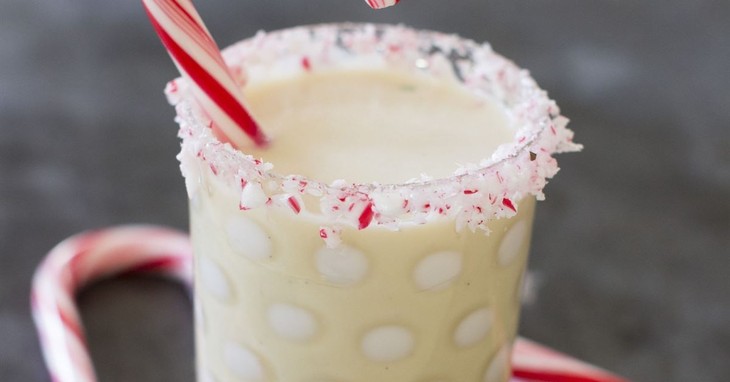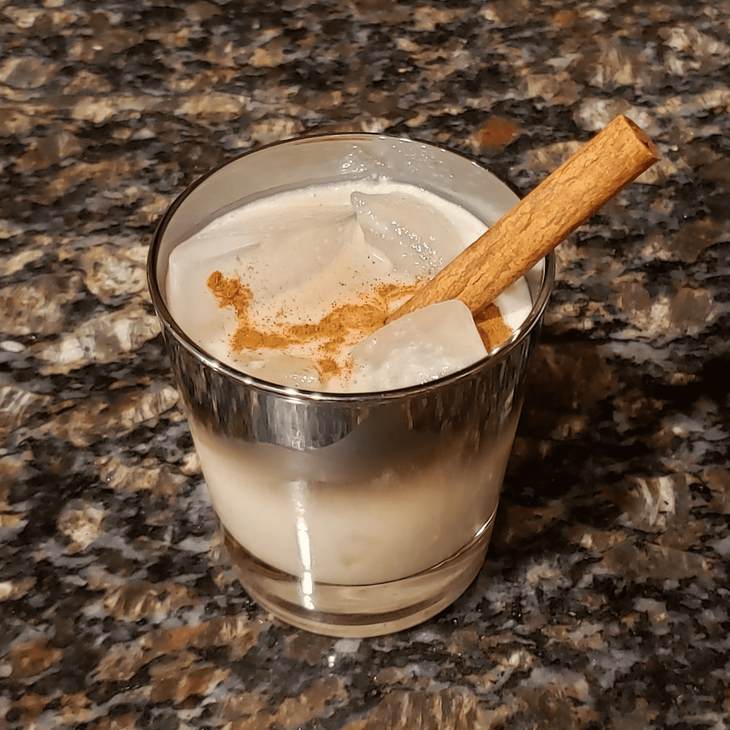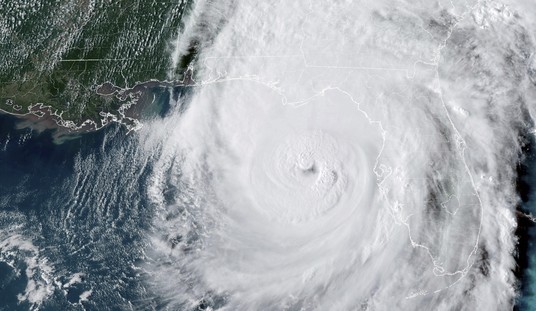A look at the origins and the variations of the Christmas drink known as eggnog.
Watch TV for any duration this time of year and you are bound to see commercials for certain products that curiously only seem to arrive just before the Christmas shopping season. Sodastream beverage systems are heavily pushed, and ads for Isotoner gloves for men are ubiquitous — but will not be heard from again after the New Year.
In a similar fashion, grocery store dairy sections clear out shelf space for cartons and gallons of eggnog. Thick, creamy, spiced, and often spiked, this holiday staple is both well known, and yet many are unaware of the background behind this holiday libation. It is a drink that has a history as rich as its content.
Fitting Religious Origins
While many may regard eggnog as an American tradition, the beginnings of this drink reach back centuries prior to the New World even being discovered. And like many world-famous potables, we can thank the monks for eggnog’s origin. These Abbey dwellers are frequently cited as the creators of famed wines, beers, and spirits, and in a similar fashion, the devout distillers also concocted the initial mixture that spawned our featured holiday drink.
In the 1200s a potable emerged that was an odd combination, at least by our modern American palates. Combining ale, figs, and eggs the monks made a drink called Possett that went through numerous changes as it evolved over the centuries. At some point, it was combined with curdled milk as a warm drink, with ale or wine added along with common spices of nutmeg and/or cinnamon. Later, it then became a combination of cream, citrus, sugar, and spices.

In later years it was sherry that was added to milk and eggs, and was regarded as a drink mostly for the upper crust elites. These dairy products were mostly available in Europe only for the wealthier class, but then America was becoming populated and, as the drink came along aboard ships, it became more widespread. Since the colonists were a farming-rich gentry, the ingredients were far more available.
But, as is apparent, a cream and egg mixture is a challenge to keep fresh without refrigeration, so the cold weather months would see this lasting far easier, and thus eggnog was more readily seen during the holidays. One other change seen is the alcohol used in the mix. Rum became a more available spirit, with Caribbean molasses fitting the bill. Massachusetts, for a time, was a primary rum distilling center and as a result, it became the shining star of colonial eggnog.
Around the same time, variations evolved across the hemisphere. In Mexico, there is a very similar drink called Rampope, based on a Spanish drink, Ponche de Huevo. And in Puerto Rico, a holiday fixture is the coconut-centered concoction, Coquito.
These days, there are plenty of options for blending your nog, as the drink is surprisingly adaptable.
Whiskey and bourbon are commonly used to augment the drink, and some prefer to use brandy or even cognac to come up with even more variations. The main decision to make before getting into the cocktail side is: homemade, or store-bought? This decision is rooted in two main factors; taste, and time. The primary difference will be in freshness, of course, with the secondary being the thickness. Over time, the premade versions have become thicker in their consistency, with corn syrups and other thickening agents like those used in ice cream adding to the drink’s viscosity.

Once you have your base nog in place, let the experimentation begin.
A BASIC RUM EGGNOG
This serves as a fine starter, and you can already understand how your experimenting will come into play. Lighter rums will give a standard kick, while darker rums will lend more flavor. The Rumchata is a natural here, as it is a rum cream with cinnamon already in its character.
- 2 oz. rum
- 1 oz. Rumchata
- 4 oz. eggnog
- Dashes Nutmeg
- Cinnamon
Mix ingredients and nutmeg in a shaker with ice and pour contents into glass. Dust with cinnamon and garnish with cinnamon stick.
CARAMEL KICK
More flavorful layers are found in this whiskey version.
- 2 oz. Whiskey
- 1 oz. Caramel liqueur, or Caramel Whiskey (optional)
- 4 oz. Eggnog
- Dash Cinnamon
- Warm Caramel
Mix the first four ingredients in a shaker with ice. Drizzle caramel on the sides of the glass. Pour shaker contents into glass. Dust with cinnamon and drizzle caramel over the foam.
Citrus Nod Nog
This has echoes of the olden recipes, with some interesting components to deepen the flavor profile.
- 2 oz. Bourbon
- 1 oz. cognac
- 1 oz. Triple Sec
- 4 oz. Eggnog
- Dash Nutmeg
Combine ingredients in shaker, pour into a glass, and garnish with cinnamon stick.
COQUITO
This Puerto Rican mix is a sheer delight and is frequently shared and sold by residents with others during the yule season. I have been wrestling with a recipe and finally teamed with my PR podcast co-host @AggieRican to convince her mother to part with her recipe. I then tweaked it with my own preferences, and a batch of holiday magic is created.
A batch is made in the blender, and a storage pitcher is used. Mine has an infuser that I fill with ground coconut to just deepen the flavor.
- 15 oz. Can Cream of Coconut
- 14 oz. Can Sweetened Condensed Milk
- 12 oz. Can Evaporated Milk
- ¼ Tsp. ground Cinnamon
- 1 Tsp. Vanilla Extract
- 3-4 Dashes Nutmeg
- 1 ½ Cup White Rum
- ½ Cup Rumchata
Combine all ingredients in a blender and blend for 2 minutes. Pour into a pitcher and store in refrigerator at least 2 hours. Pour by the glass and garnish with coconut flakes and a cinnamon stick.














